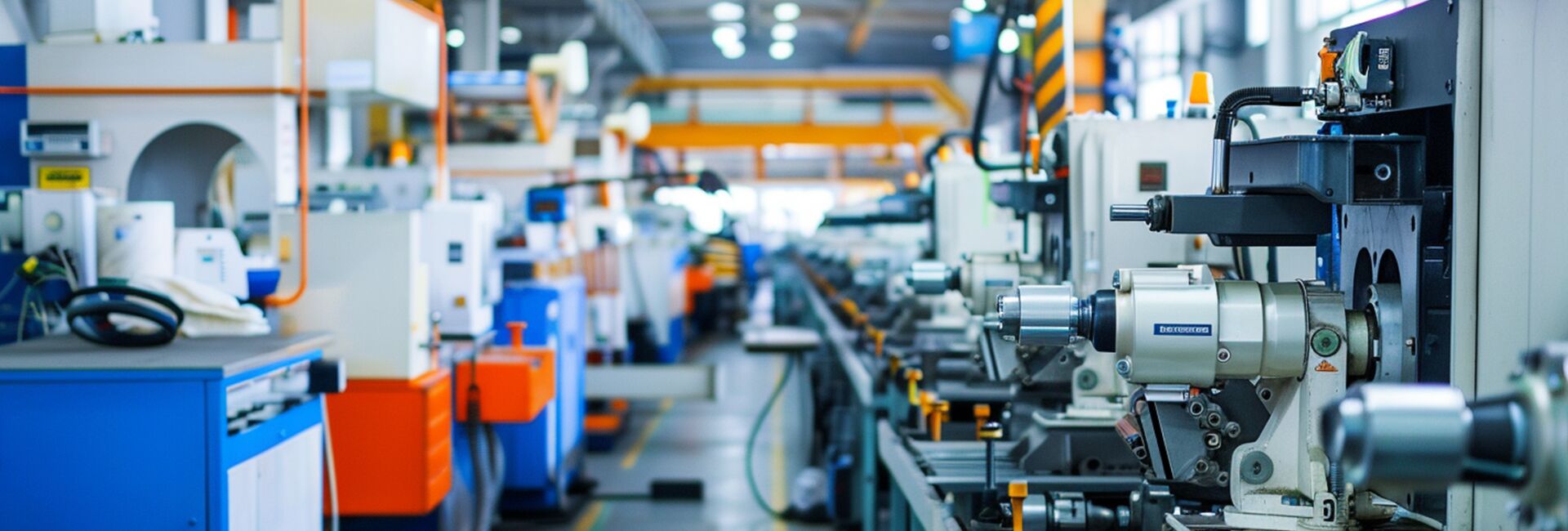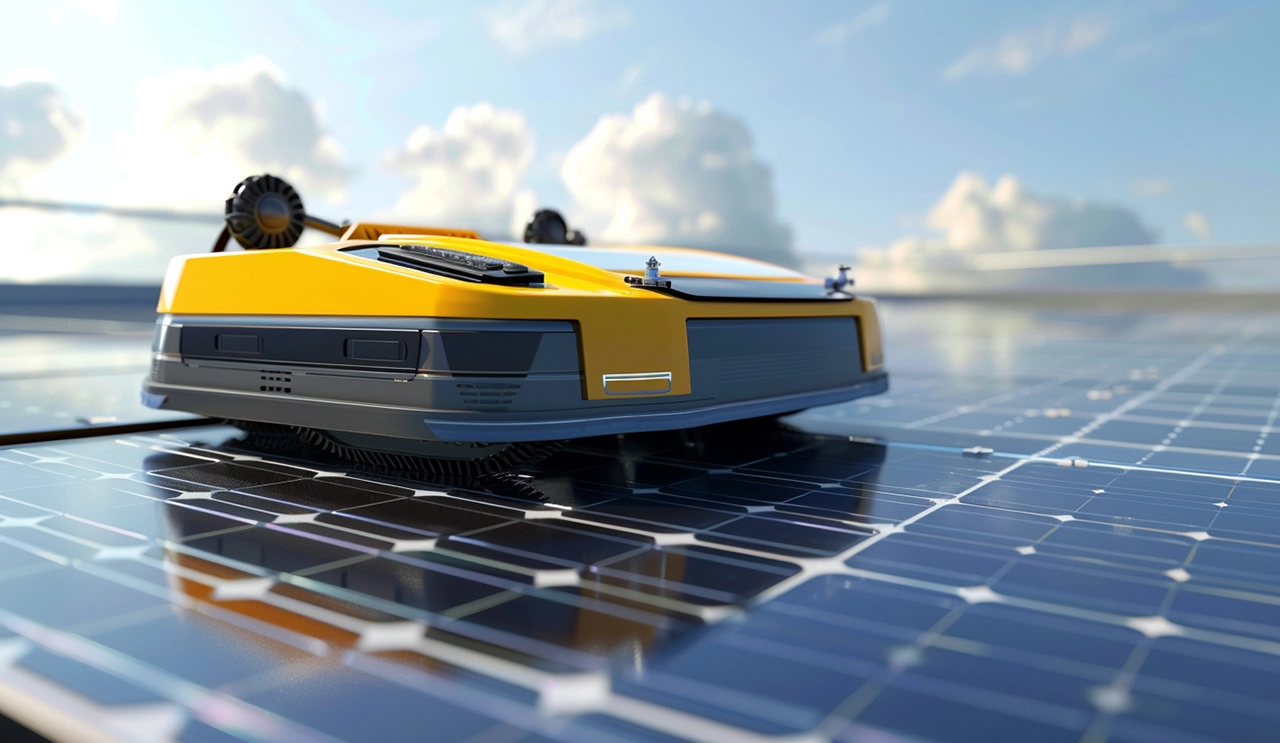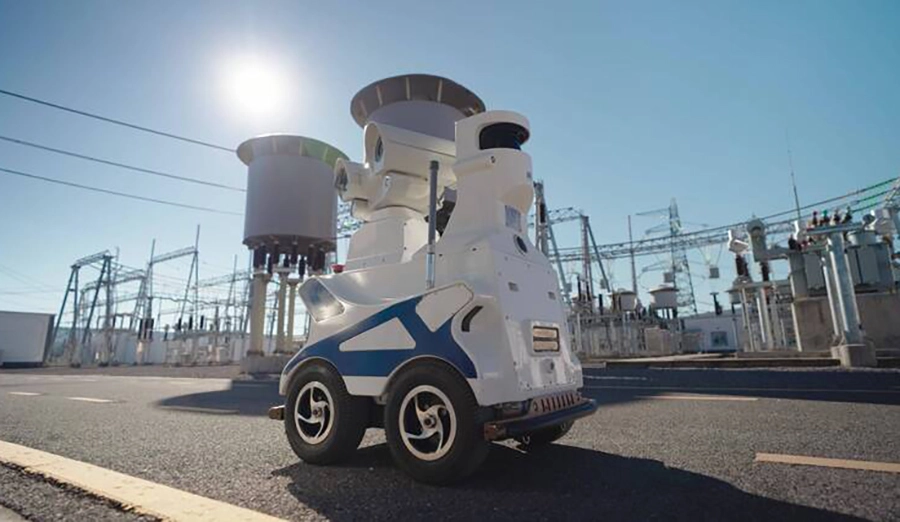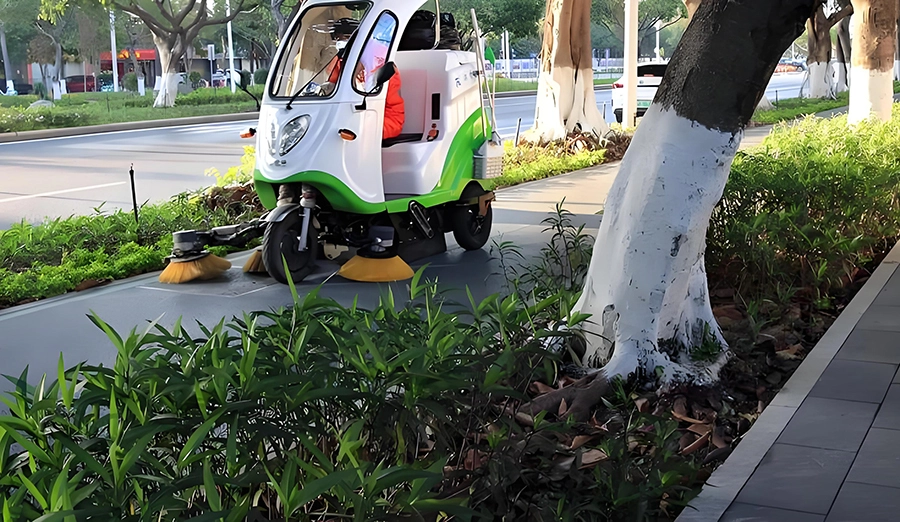
WIRELESS CHARGING IN THE NEWS
Embodied AI Robot is the product of the deep integration of artificial intelligence and robotics in recent years, and its core idea is to allow the agent to interact with the environment through "embodied" (that is, having a physical entity), so as to achieve learning, perception and decision-making abilities closer to humans. This concept is derived from "Embodied Cognition theory," which emphasizes that the formation of intelligence depends not only on the calculations of the brain, but also on the dynamic interaction of the body with the environment. Unlike traditional AI that relies only on data to drive, embodied intelligent robots closely integrate algorithms, sensors, and mechanical structures with the real world, marking the leap from "virtual intelligence" to "physical intelligence."
Core features and working principles
Embodied intelligent robots have the following key characteristics:
1. Multi-modal perception: real-time acquisition of environmental information through multi-dimensional sensors such as vision, touch, force and hearing, such as depth camera to capture three-dimensional spatial structure, and tactile sensor to identify object materials.
2. Real-time interaction: Combined with reinforcement learning (RL) and online learning technology, the robot can dynamically adjust the action strategy, such as correcting the force and Angle when grasping irregular objects in real time.
3. Physical operation capability: equipped with smart robotic arms, adaptive grippers or mobile chassis, it can complete tasks such as handling, assembly and even fine surgery.
4. Environmental adaptability: Through Sim2Real transfer learning, the robot can quickly adapt to the noise and uncertainty of the real scene, such as the path planning of the home service robot in response to a messy room.
Technological breakthroughs and challenges
Current technological breakthroughs are reflected in:
Bionic design: For example, Boston Dynamics' Atlas robot mimics human movement, or a flexible gripper mimics finger haptic feedback.
Brain-inspired computing: Brain-like chips (such as neuromorphic chips) improve real-time data processing efficiency and reduce energy consumption.
Human-machine collaboration: Understanding human intent through natural language interactions, such as OpenAI's robotics project.
But challenges remain: long-order decisions in complex environments (such as sudden road conditions in autonomous driving), multitask generalization (the same robot switching between home and industrial scenarios), and safety ethics (such as the risk of medical robot misoperation).
Application scenarios and future trends
Embodied intelligence has been applied in many fields:
Medical: The Da Vinci surgical robot uses tactile feedback to aid precise operation.
Manufacturing: The Tesla Optimus humanoid robot can perform multiple tasks on the shop floor.
Services: The Pepper robot provides personalized Tours through facial expression recognition.
In the future, with the co-evolution of hardware and software (such as liquid metal joints, quantum sensing technology), embodied intelligence will develop to "universal" : a single robot may have multiple functions such as housekeeping, education, and first aid, and realize group intelligence through cloud knowledge sharing. This technology will become the next breaking point for AI landing after the big model, truly promoting the evolution of machines from "tools" to "partners".







